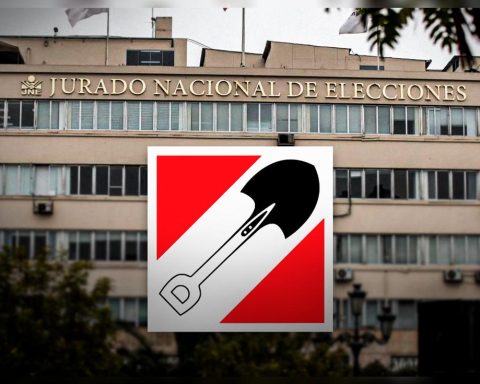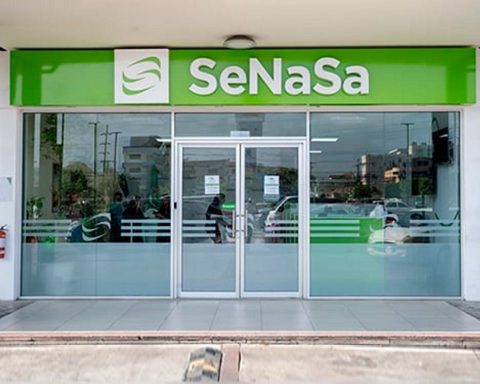Child care at home, retirements, and health security concerns before the Covid-19 pandemic remain the main reasons limiting the supply of labor in the United Statesrevealed the Beige Book, a report released by the Federal Reserve (Fed).
“Childcare, retirements and Covid were widely cited as sources limiting the supply of labor. (There are) concerns about the federal government’s vaccination mandate, which could exacerbate existing hiring difficulties, ”reads the document prepared by the US central bank system.
According to the testimonies of the 12 districts of the Federal Reserve and its business contacts throughout the country, economic activity grew at a moderate rate during October and early November.
Several districts noted that despite strong demand, growth was limited by supply chain disruptions and labor shortages. “
According to the report, businesses related to leisure, hospitality and manufacturing reported an increase in employment, but many continued to limit hours of operation due to a lack of workers.
“Persistent difficulty in hiring and retaining employees,” the document states.
Difficulty hiring and high turnover rates led companies to raise wages and offer other incentives, such as bonuses and more flexible work arrangements.
This Wednesday, US private sector added 534,000 jobs in November, reported business services firm ADP.
This data is released before official employment figures are known on Friday.
For October, the Labor Department reported that the US economy added 531,000 jobs (up from 312,000 in September) and the unemployment rate fell to 4.6 percent.
Price increase
“Prices rose at a moderate to strong pace, with widespread increases in all sectors of the economy. There were far-reaching increases in input costs stemming from strong demand for raw materials, logistical challenges and labor, “he reported.
He clarified that greater availability of some inputs, particularly semiconductors and certain steel products, led to one of some price pressures.
kg















